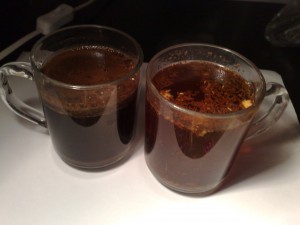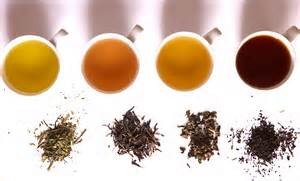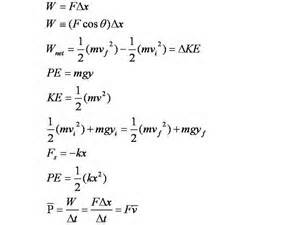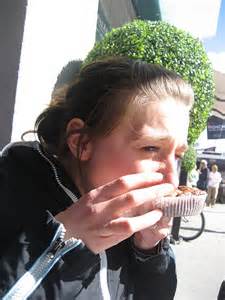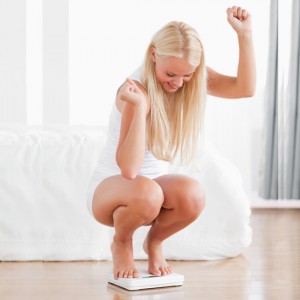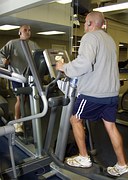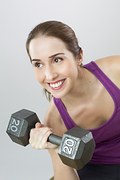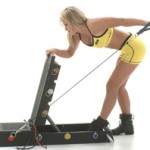After focusing on the weight loss benefits of coffee a few weeks back, we decided to take a look at tea. Green tea, in particular, has received a lot of press over the last few years, and tea drinkers will be happy to hear that it is not all hype. Studies and research continue to show that not only can drinking tea improve your health, but it can help improve the results of your weight loss plan, too.
Will Herbal Teas Work?
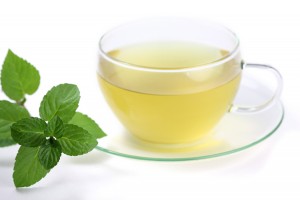
As an herbal, peppermint tea isn’t technically a tea. However, it still offers weight loss benefits.
For the most part, we are talking about real tea here. Herbal teas are not technically considered to be tea. It is largely teas that come from Camellia sinensis plants that are considered to be true tea, and it is the plant that is likely responsible for contributing the health and weight loss benefits. That is not to say that herbal teas cannot offer help when it comes to losing weight. According to research conducted at Wheeling Jesuit University, the scent of peppermint affects caloric intake by controlling the appetite. So, weight loss definitely belongs on the list of peppermint tea health benefits.
Hundreds of Secret Ingredients
Some are under the mistaken impression that tea is a viable alternative to coffee when they are trying to avoid caffeine. The truth is that tea has just as much caffeine as coffee–and some types of tea contain even more. That is a good thing, though, when weight loss is the goal. Caffeine revs your metabolism to burn more calories. The two drinks have more than just that one, helpful element in common, however. The United States Department of Agriculture reveals that tea, like coffee, contains a multitude of components that work either on their own or that act with the caffeine to increase essential weight loss factors such as fat oxidation and metabolism.
The Best Teas for Weight Loss
All right, already. You want to know which teas work the best for losing weight. Many health publications in print and on the web have weighed in, listing a good selection of tea varieties that will enhance your weight loss plan. Everyone has heard of green tea for weight loss. It makes all the lists because of the catechins it contains. You remember those from a recent post, don’t you? They are an antioxidant that raises your resting metabolism and triggers your fat cells to release fat. Then they signal your liver to hurry up and turn the fat into energy.
Other teas that are weight loss wonders include
- White tea–weight loss website EatThis! says that it helps with weight control because it prevents your body from forming new fat cells.
- Oolong tea–gives metabolism a boost to increase fat burning.
- Pu-erh tea–this one shrinks existing fat cells, according to TheDailyMeal.
- Rooibos tea–reduces stress hormones that spark hunger and control fat storage.
Steaming Hot, on the Rocks, or Extracted
For those who like variety, the good news is that drinking tea for weight loss and other health benefits can be done in a number of ways. Women’s Health advises that though a hot mug of tea may be the most common way to get your daily dose, you can opt to have your tea iced if the weather is too warm or you just want a change of pace. Remember, though, that the ice cubes can dilute the tea, decreasing its effectiveness. The solution to that is to brew iced tea stronger than you would hot tea, or freeze a tray of ice cubes made from brewed tea to use in your iced drink. Alternatively, green tea extract is a handy way to reap tea benefits if you are not in the mood for tea or simply do not have the time to brew up a pot. According to Keri Glassman, Woman’s Health nutrition expert, taking 1 ml of green tea extract is roughly the same as drinking 8 to 10 cups of brewed green tea.
General Tea Bennies
Even if losing weight is not at the top of your priority list, tea will still do your body good. The University of California Berkley reveals that tea has shown to positively affect a myriad of health issues such as
- brain health–including Parkinson’s Disease!
- bone health
- cancer
- cardiovascular health
- diabetes
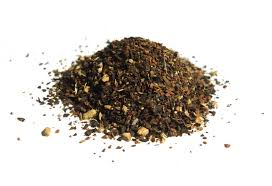
The best tea for any health purpose is organic and has no artificial colors, flavors or preservatives.
Warning: all teas are not created equal. As with anything you put into your body, you need to become a label reader. Whatever variety you favor, whether for flavor or the specific benefits, look for teas with ingredients that are all natural, ones that do not contain artificial flavors, colors or preservatives.

